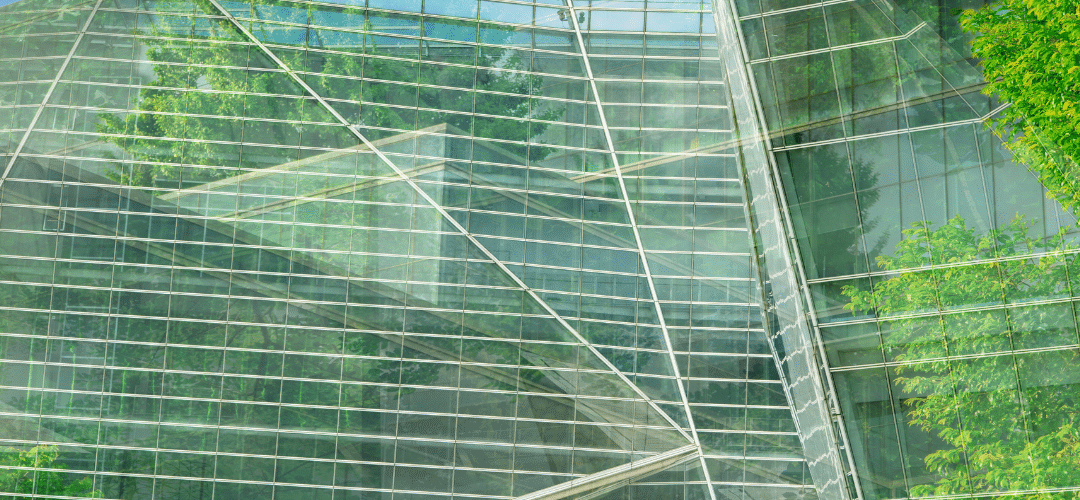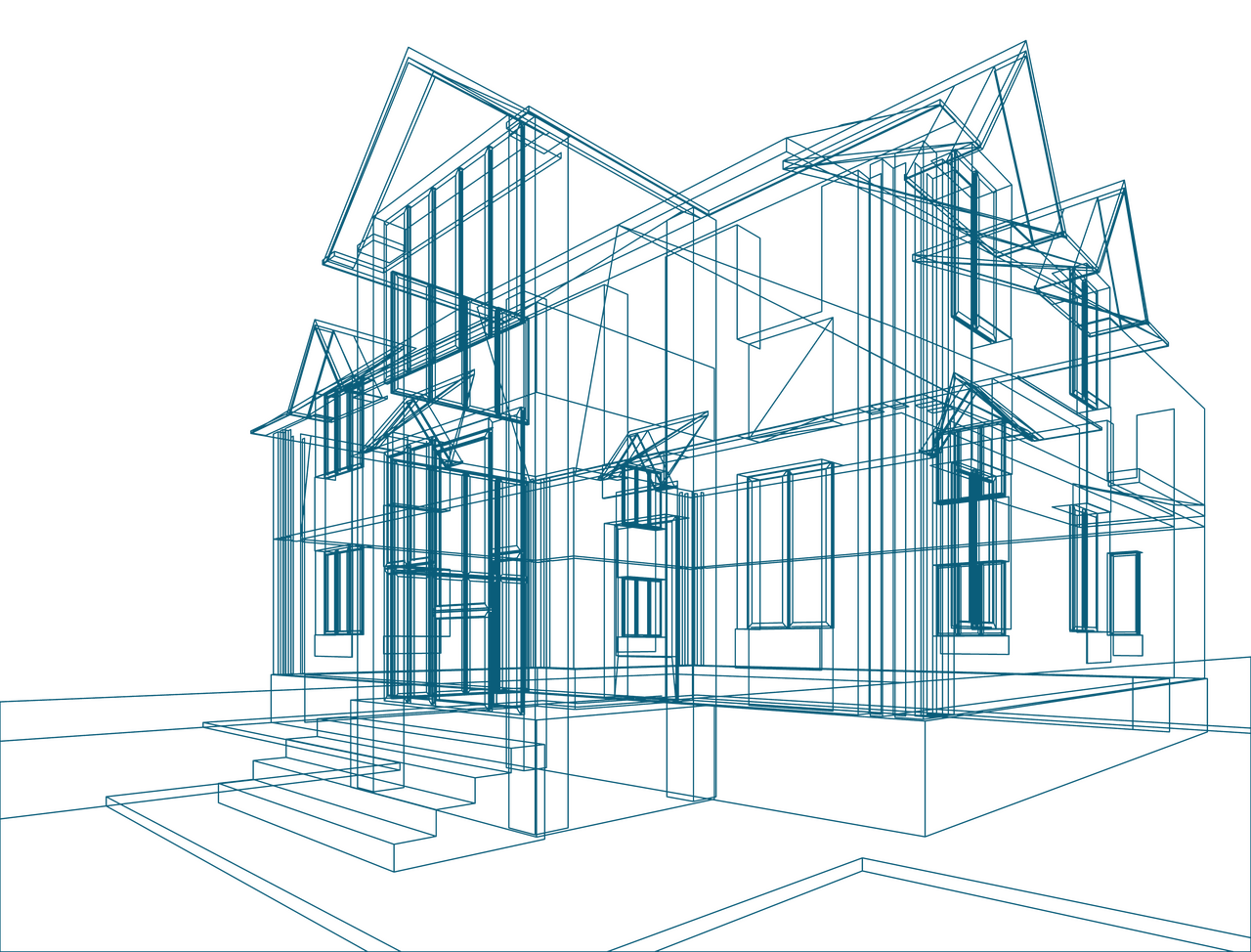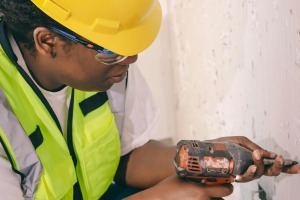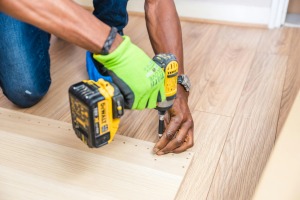

Market report
Innovative sustainable solutions
Stay updated on the latest market trends and insights with the European Architectural Barometer market report. Gain valuable information on the architectural industry and make informed business decisions.
News I published 07 November 2023 I Dirk Hoogenboom
Which innovative sustainable solutions are hot or not?
Sustainability and circularity are hot topics in the world of building construction. Although clients of architects may not always be willing or able to pay the often higher price for more sustainable options, demand for sustainable buildings and circular construction is still high in these times of high energy prices and climate change.
To answer that demand, many companies invest heavily in developing sustainable construction materials and products. Consequently, architects are confronted with a multitude of innovative solutions for more sustainable and circular construction to choose from. The question is, which innovative solutions are being adopted?
Energy-saving and renewable
To find out, we asked architects from eight European countries what solutions and products for sustainability and circularity are already being used. Given the recent, rather dramatic increases in energy prices, it does not surprise that architects mention insulation the most. Similarly, it does not surprise that solar panels are the second-most-mentioned solution.
What is interesting is that architects specifically mention bio-based insulation. That focus on bio-based products shows that this is not just a reactionary concern about energy savings. It also betrays a deeper interest in the origin of the material, and greater value is placed on renewable sources.
Circular materials
The third most mentioned are recycled and reused materials, which is a broader category of materials linked to sustainability. Recycling and reusing materials is also an essential practice for circular construction, which strives for continuous reuse of materials.
Interestingly, further down the graph, we find some specific mentions of circular or reused materials. Circular concrete, insulation from waste material, and circular wooden frames are mentioned by 6%, 6%, and 5% of architects, respectively. These are not very high percentages, but together they show that circularity is gaining interest.
It has to be mentioned though, that the above-mentioned circular or reused materials are mainly mentioned by French architects. For instance, 21% of French architects mentioned circular wooden frames as an innovative solution that is currently being used, while the share of architects mentioning this in other countries varies from 0% to 6%.
Country differences show what is hot or not.
Clearly, country differences show that the innovative solutions regarding sustainability and circularity that are currently used, according to architects, differ from area to area. For instance, France is more material-based when looking at sustainability, as bio-based and cross-laminated timber, and the aforementioned circular and reused materials are mentioned a lot.
In Italy and Germany, on the other hand, the focus is more on renewable energy, as solar panels are currently mentioned the most as innovative solutions that are already being used, according to architects. On the other hand, none of the Dutch architects mentioned solar panels, which is a great example of the caution that is needed when interpreting these results.
…and what architects in certain markets consider to be innovative
The fact that Dutch architects do not mention solar panels as innovative solutions that are already being used does not mean solar panels are not being used. Solar panels are being installed in record numbers in the Netherlands every year. What this indicates is that solar panels are so normal in the Dutch market that architects do not consider them innovative solutions any more, but just normal solutions.
This shows how important it is for manufacturers of materials and solutions for more sustainable and circular building construction to know the fine details of and differences between specific markets to truly understand the playing field. For a full overview of architects’ thoughts and attitudes about sustainable and circular construction and which innovative sustainable solutions are currently hot in eight European countries, we refer you to USP Marketing Consultancy’s European Architectural Barometer.






